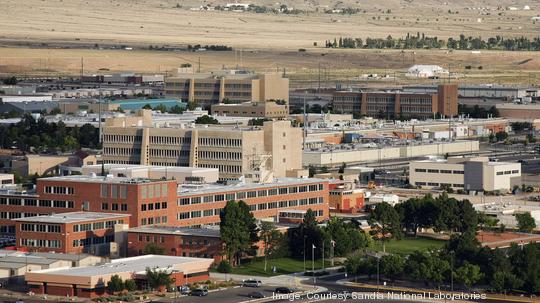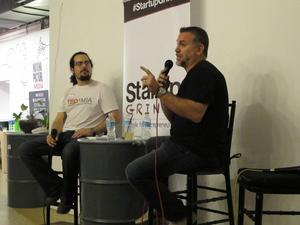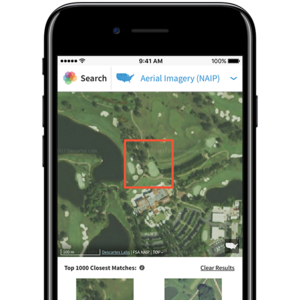
New space technology developed at Sandia National Laboratories was part of a successful launch on Sept. 11 at NASA's Wallops Flight Facility in Virginia.
The upgrade added new hardware that made it possible to track and recover a High Operational Tempo Shot sounding rocket, which collects scientific data that helps advance weapon designs for the U.S. nuclear program under the National Nuclear Security Administration.
Sandia also outfitted the rocket with new memory chips that "massively improves the amount of data that we’re able to collect," said Kelsey Forsberg, the project lead at Sandia, in a statement. Previous rockets not only had less data capabilities but were also not able to be retrieved, further limiting the amount of information that could be gathered.
“Vehicle recovery is something that we wanted to do for a long time,” Forsberg said of the 35-foot rockets. “NASA has an outstanding capability, so we partnered with them for this launch."
As part of the project, the lab equipped the rocket with 144 sensors for detecting temperature, air pressure, vibration and mechanical stress, according to a release. Some of the sensors take 2.5 million measurements per second. And instead of using cables, Sandia says researchers "printed electrical circuits" inside of the rocket via additive manufacturing.
Sandia is a federal national laboratory focused largely on nuclear and other types of weapon technologies. It is operated by National Technology and Engineering Solutions of Sandia LLC, a subsidiary of Honeywell. The lab is also one of the largest private employers in the area and a boon for subcontractors.
The lab has locations in Albuquerque, Nevada, California and Hawaii, though the vast majority of its more than 14,000 employees are in New Mexico. In fiscal year 2020, the lab had a budget of $3.9 billion, according to its website.









